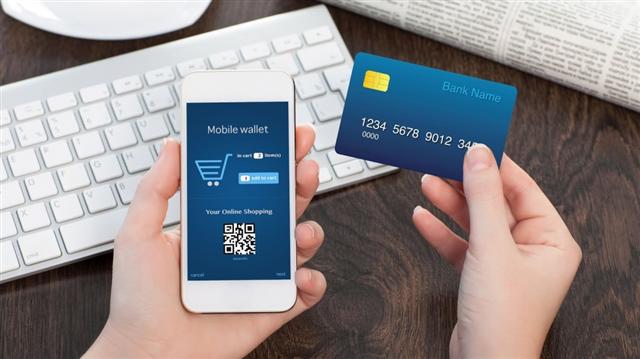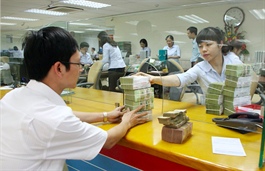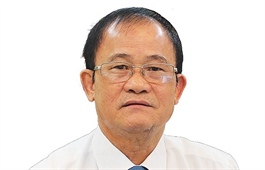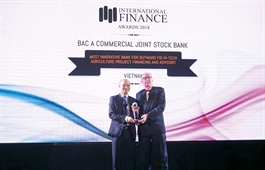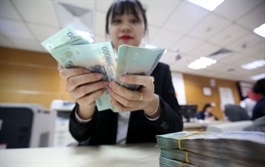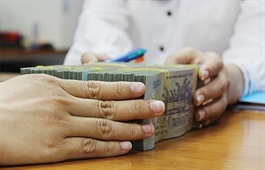E-payments thrive in Vietnam’s new normal
E-payments thrive in Vietnam’s new normal
The electronic payment market has achieved a high growth rate despite the difficulties posed by the Covid-19 pandemic.
Fast-paced growth
Nguyen Huu Binh, founder and CEO of TopDev, a recruitment network and ecosystem in the mobile and IT fields, said the use of online transactions and cashless payment tools is growing in Vietnam.
With 145.8 million mobile subscribers out of a population of approximately 97 million people (accounting for 150 percent of total population, according to We are Social & Hootsuite), many people used cashless payments via mobile phone for the first time during the Covid-19 outbreak due to enforced isolation and distancing. If online payments defaulted only for young people in the past, the number of online transactions recorded a high rise in many customer groups after the social distancing period.
According to the State Bank of Vietnam’s Payment Department, the number and value of cashless payment transactions have increased. The National Payment Corporation of Vietnam (NAPAS) is currently processing 2.8 million transactions per day, or nearly VND21 trillion per day.
|
Nguyen Ngoc Dung, deputy chairman of the Vietnam E-commerce Association (VECOM), said supermarket and commercial center consumers have switched to cashless payments due to their practical benefits. In particular, e-commerce development has generated e-payment growth as goods and products purchased on e-commerce platforms are almost always paid for online.
According to a recent TopDev report, expected revenues from the electronic payment market were estimated at US$8.904 billion in 2020, an increase of 14.2 percent compared to a year ago, with 36.2 million users. Some 78 organizations and companies provide payment services through the internet, while 45 offer such services through mobile phones.
Changing consumer habits
Consumers are gradually reducing cash payments for many reasons, especially with the convenience of cards, mobile devices and e-commerce. Their changing habits challenge banks to build a payment ecosystem that is smarter and friendlier to the elderly and works well for people in both rural and urban areas.
Instead of racing to issue cards, banks have paid attention to developing international credit card payments and e-payments, with a focus on daily payment transactions, contributing to a cashless payment ecosystem to ensure security and safety for users.
The fast developing e-payment ecosystem enables online payments of electricity, water and telecommunications bills, and of taxes and fees for public administrative services. Most of the achievements of the fourth industrial revolution have been applied in e-payments, such as big data, biometric authentication and quick response (QR) codes.
With the government’s support and current outstanding growth, e-payments will continue to thrive in the coming time, contributing to promoting online transactions and changing consumer shopping habits.
| Aware of the role and importance of cashless payments, the prime minister issued Decision 2545/QD-TTg dated December 30, 2016 on development of cashless payments in Vietnam during the 2016-2020 period, with a target of reducing the ratio of cash transactions to below 10 percent. To date, the project has achieved positive results, with the electronic payment market booming in 2020. |


